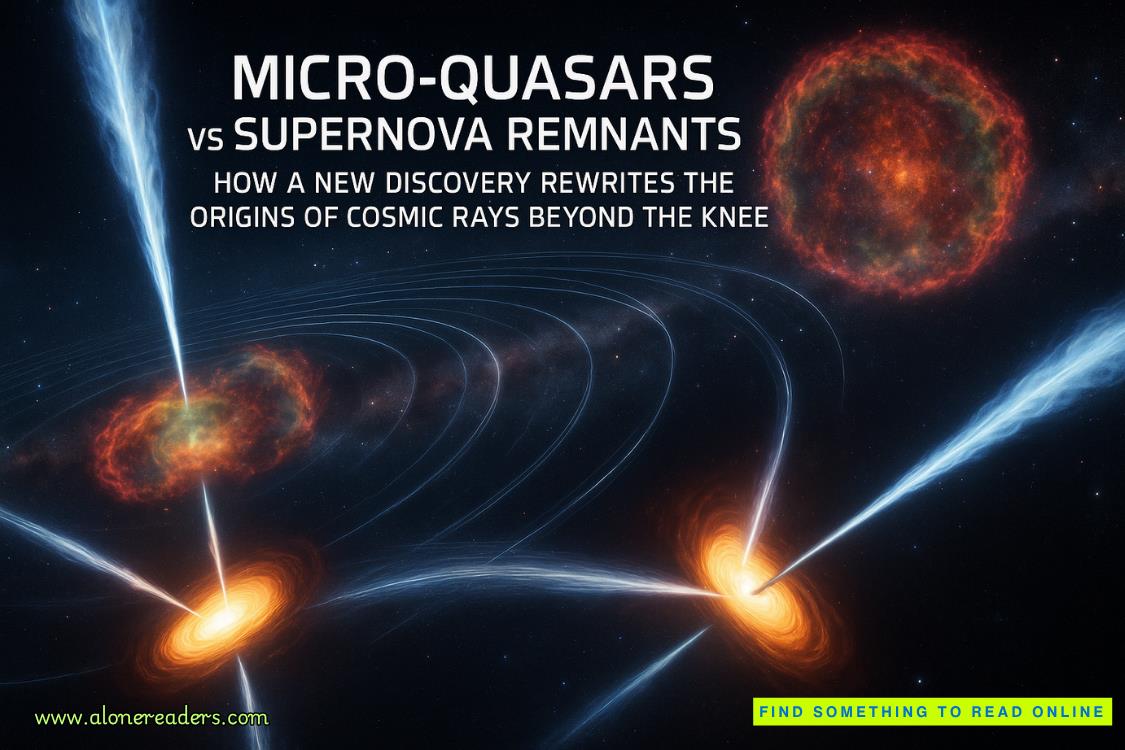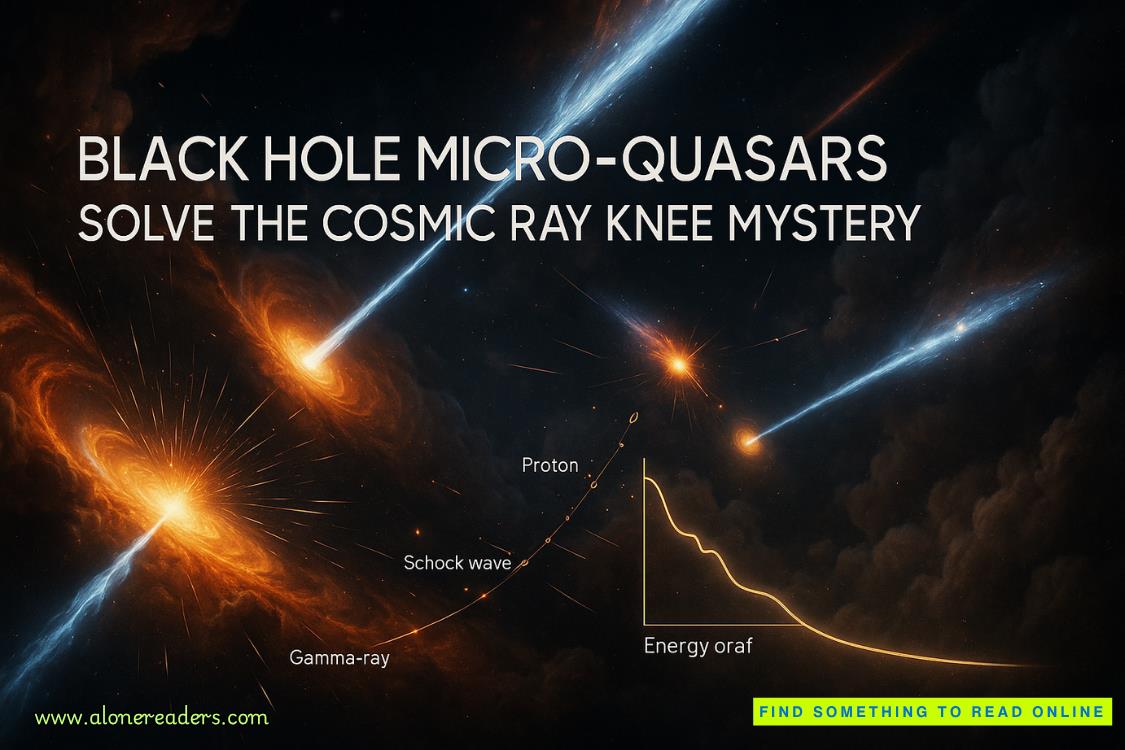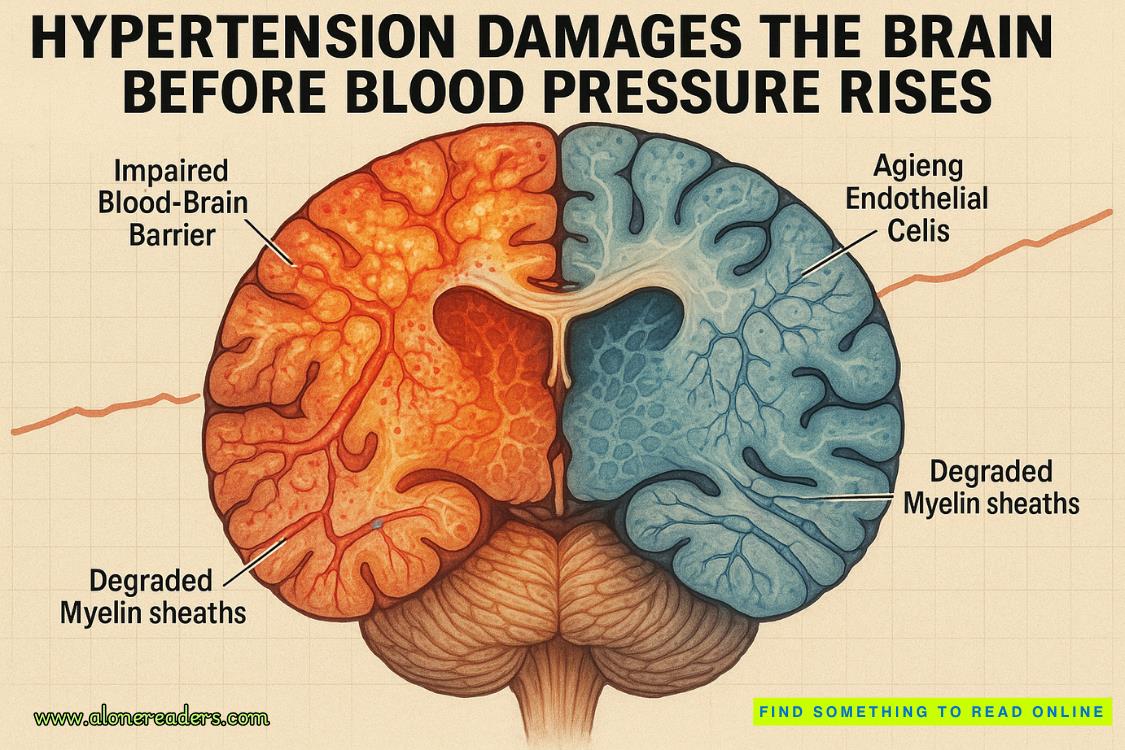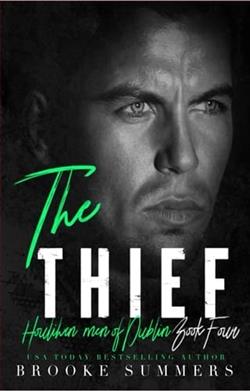Page 9 of Dead Air
[Brief pause]
LEAH:When investigating an officer's murder, the partner is always scrutinized closely. Not necessarily as a suspect, but as the person who knew the victim best professionally. Detective Lawson worked alongside Monica Landry for three years before her death. Their partnership was, by all accounts, successful, with an impressive case clearance rate and multiple commendations.
[Sound of pages turning]
LEAH:Department records show they were assigned as partners in 2016 under then-Captain Thomas Richardson. Monica had been with the Savannah PD for eight years, two years longer than Lawson herself. They quicklyestablished themselves as one of the precinct's most effective teams, specializing in homicide cases with organized crime connections.
SPD SOURCE (voice disguised):Lawson and Landry were the go-to team for complex cases. Different styles that complemented each other. Monica was methodical, detail-oriented. Lawson was more intuitive, good with witnesses. Together, they closed cases others couldn't touch.
[Music shifts to a more intense investigative tone]
LEAH:Yet something changed in the weeks before Detective Landry's death. Multiple sources within the department describe growing tension between the partners.
FORMER COLLEAGUE (voice disguised):Everyone noticed it. They'd been inseparable for years, then suddenly they barely spoke. Different lunch breaks. No more car-pooling. Cold professionalism instead of their usual rapport.
LEAH:This professional distance coincided with their assignment to the Rafferty investigation—a complex drug trafficking operation with connections to Savannah's business community. According to case notes we've obtained, Detective Landry believed the operation extended beyond street-level distribution into money laundering and political protection.
[Brief pause]
LEAH:Yesterday, I visited the Savannah Police Department to speak directly with Detective Lawson about these tensions and her recollections of the night Monica died. What happened during that interview raises even more questions.
LEAH:Initially, Detective Lawson refused to discuss her partner's case, citing an ongoing investigation. When pressed about the night at the warehouse, her responses became defensive and evasive.
[Audio clip from interview]LAWSON:The radio call. Lawson's voice pleading for Monica's life while blood pooled on concrete. She'd never heard the recording before last night.
LEAH:That statement is troubling. Detective Lawson claims she never heard her own emergency call until our podcast released it. Yet department procedure requires officers to review all evidence from incidents they're involved in, especially officer-involved shootings or deaths.
LEAH:Why wouldn't Detective Lawson have heard this recording during the initial investigation? Who made the decision to keep it from her? And why?
[Music intensifies]
LEAH:Detective Lawson's personnel file, which we obtained through public records requests, shows a concerning pattern following her partner's death.
[Audio clip plays]LEAH:Detective Landry's death marked the beginning of her partner's downward spiral. Erin Lawson received three excessive force citations in the following five years. Two insubordination charges. Multiple incidents involving alcohol during work hours. Department sources describe increasing isolation, obsessive behavior around cold cases, and open defiance toward supervisors.
LEAH:These behavioral changes suggest deep trauma, understandable after witnessing a partner's murder. But they also raise questions about Detective Lawson's state of mind both before and after that night.
FORMER COLLEAGUE (voice disguised):She became a different person after Monica died. Obsessed with the case. Confrontational with supervisors. Started drinking heavily. The department tried to get her help, but she refused counseling, refused to take leave. Just kept working, kept digging.
[Brief pause]
LEAH:Perhaps most concerning is what happened to the Rafferty investigation after Detective Landry's death. Detective Lawson continued working the case for six months before it was reassigned – against her vocal objections. Three months later, the case was closed due to "insufficient evidence."
LEAH:Internal memos show Detective Lawson filed formal protests about evidence that disappeared from the Rafferty case file. Evidence that might have been connected to her partner's murder.
[Music shifts]
LEAH:So what do we know about Detective Lawson's actions the night her partner died?
LEAH:According to her official statement, she arrived at the warehouse at approximately 11:00 p.m. after receiving a text from Detective Landry requesting the meeting. She parked her vehicle and approached the loading dock area, where she observed her partner standing alone.
LEAH:Detective Lawson stated that before they could speak, a floodlight suddenly activated, temporarily blinding them both. When her vision cleared, Detective Landry had been shot. She claimed she saw no shooter and could provide no description of potential suspects.
LEAH:But surveillance footage from a nearby business shows a different timeline. Detective Lawson's vehicle arrived at 10:47 PM, thirteen minutes earlier than her statement claims. The footage also shows a third vehicle leaving the scene shortly after her arrival.
[Music becomes more pointed]
LEAH:More concerning is what witnesses at the Driftwood Tavern told us about Detective Lawson's activities earlier that evening.















